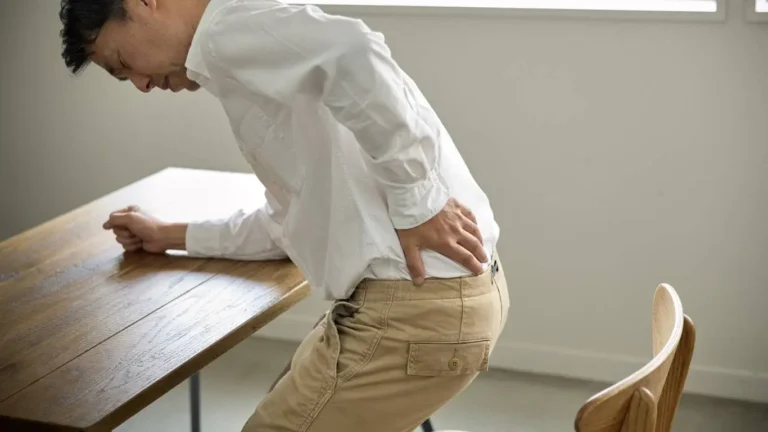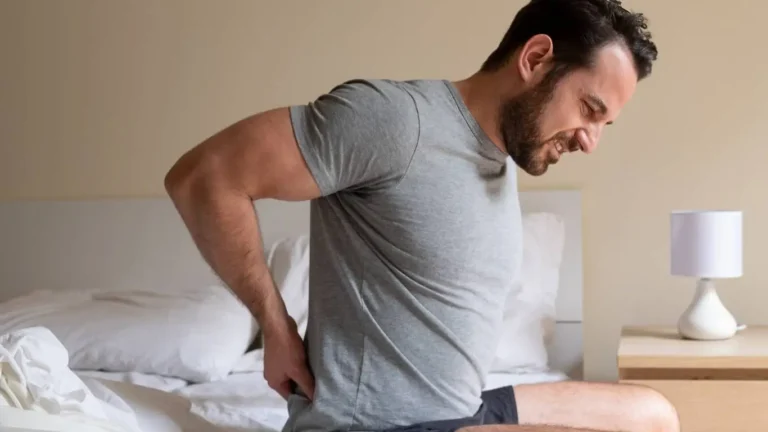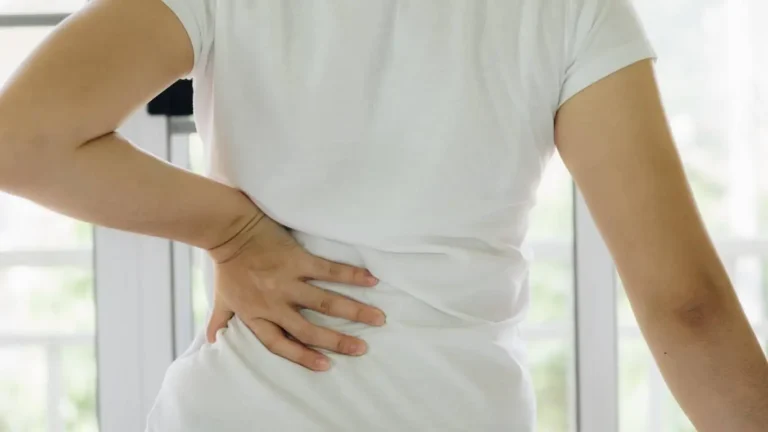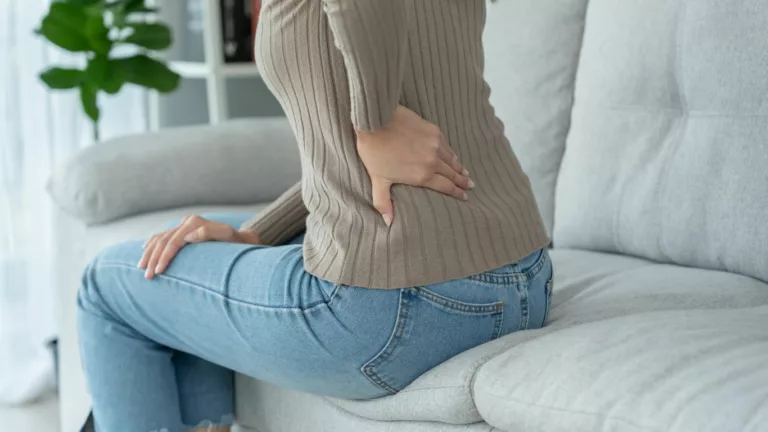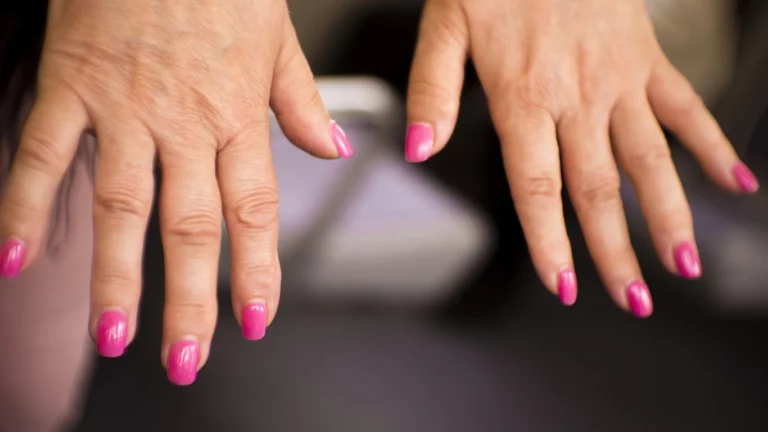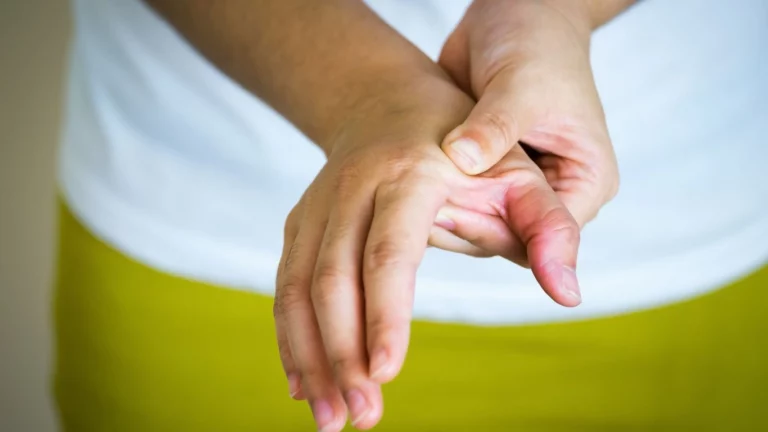Avoid Back Pain With These Smart Post-Exercise Prevention Tips
There’s nothing quite like the endorphin rush after a great workout—until, of course, your lower back starts protesting like it missed the warm-up memo. I’ve been there more than I’d like to admit. That subtle ache creeping in post-gym turned into a nagging pain that nearly derailed my routine. But once I started paying real attention to post-exercise back pain prevention, things changed. If your back has been whispering (or screaming) after your workouts, it’s time to pay attention—and more importantly, take action.
Why Your Back Complains After Workouts
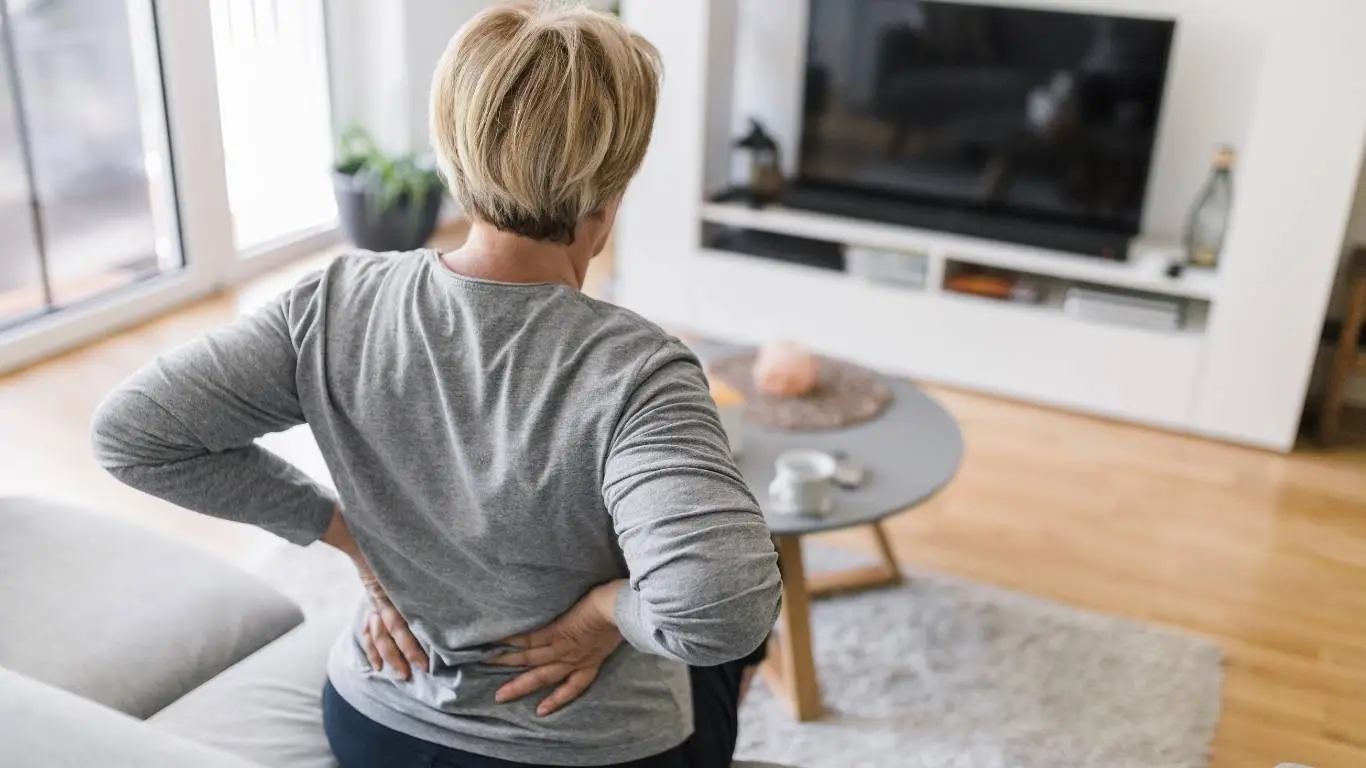
Back pain after exercise isn’t just a fluke—it’s often your body waving a red flag. Whether you’re lifting, running, cycling, or stretching, your spine takes part in almost every move. The issue is usually rooted in how we move—or don’t. Poor form, muscle imbalances, or just skipping warm-ups can all set you up for trouble.
Top Culprits Behind That Post-Workout Ache
- Poor posture during exercises like squats or deadlifts
- Weak core muscles failing to support your spine
- Tight hamstrings or hip flexors pulling on your pelvis
- Skipping cool-downs or recovery work
- Jumping into intense workouts without proper mobility training
If you suspect posture’s playing a role, check out our guide on how poor posture can lead to chronic back pain. It changed how I approach every single rep.
Prevention Starts Before You Even Hit the Gym
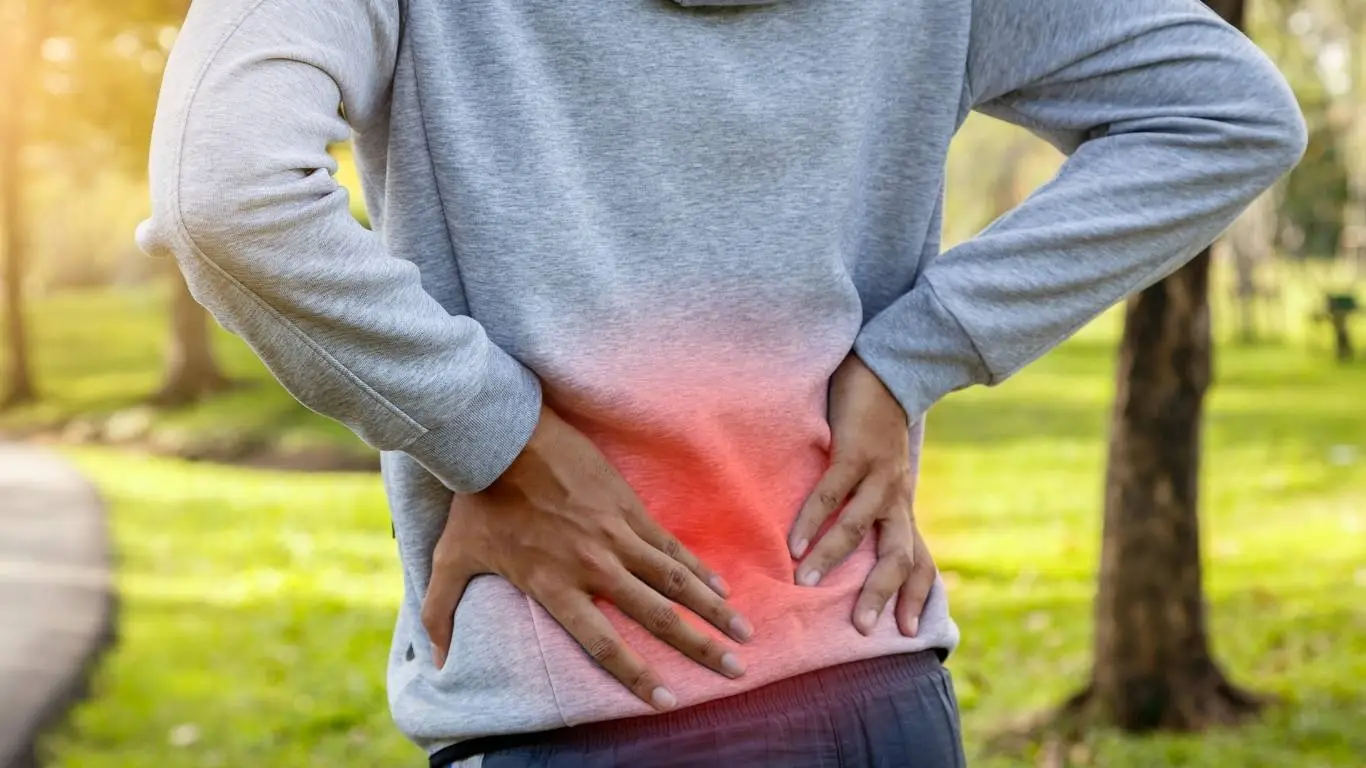
Back pain prevention isn’t something you start thinking about after the soreness sets in. It begins the moment you prep for your workout. I’ve found that spending just 10 minutes warming up my hips, glutes, and lower back works wonders.
Warm-Up Routine That Actually Works
- Pelvic tilts – 2 sets of 15
- Bird-dogs – 2 sets of 10 per side
- Glute bridges – 2 sets of 12
- Dynamic hamstring stretches – 2 sets of 10
These moves prime your muscles and activate the stabilizers that protect your spine. Curious about more pre-lift prep? Our best stretches for back pain article covers essentials that go way beyond the usual toe touches.
Form Over Ego: Lifting Without Injury
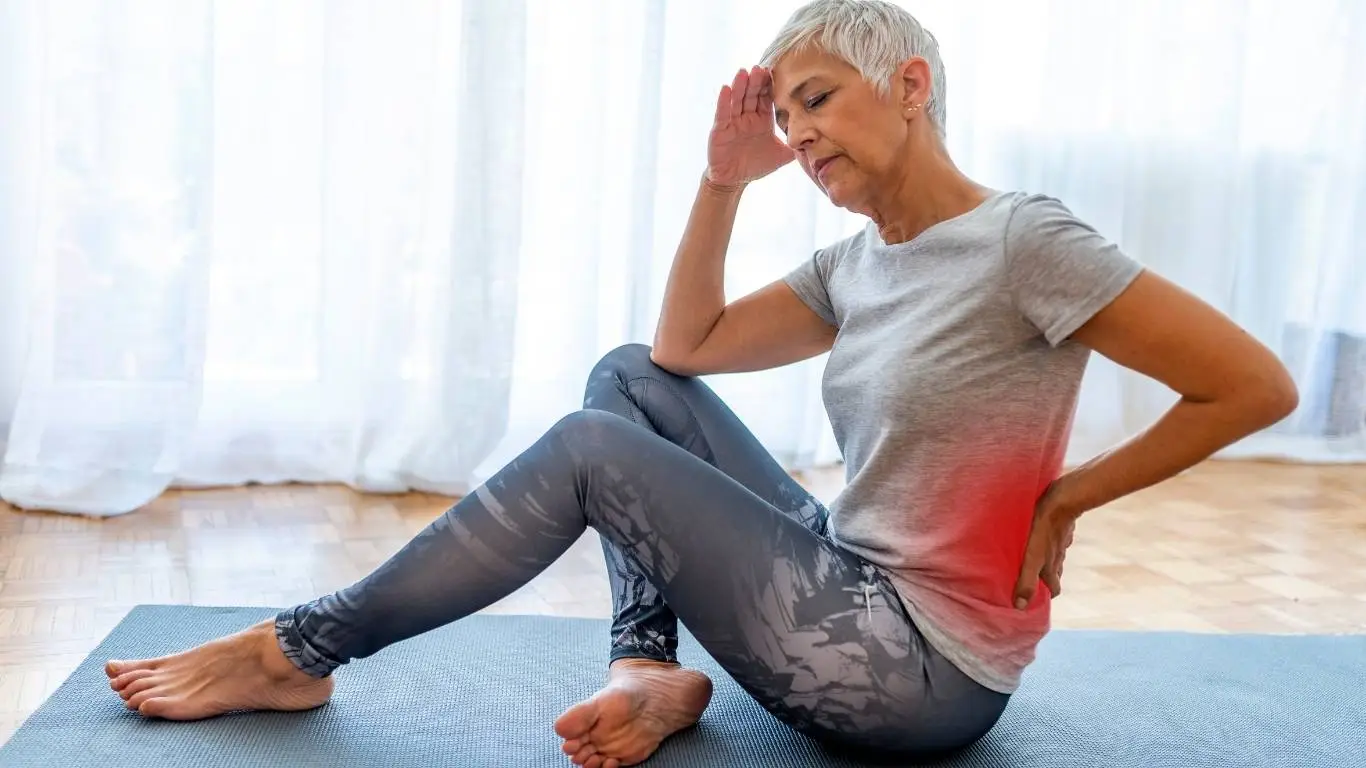
Let’s talk about the elephant in the weight room—form. One of the most common causes of back pain post-exercise is simply lifting too heavy or moving with poor alignment. I used to chase PRs without minding my spinal position. That cost me weeks of recovery.
Key Form Cues That Saved My Back
- Neutral spine—no arching or rounding under load
- Engaged core before every lift
- Hinge at the hips, not the waist
- Slow, controlled descent on lifts
Many gym injuries start with rushing through reps. That’s why this muscle strain recovery guide was an eye-opener for me—especially the part on building back strength without re-injury.
What You Do After Your Workout Matters More Than You Think

Here’s where most of us (myself included) used to fail: skipping the cooldown. A few stretches, a quick walk, maybe some foam rolling—none of that felt “urgent” when I was running late. But cooling down properly helps flush out lactic acid, restore flexibility, and reduce inflammation in your back muscles.
Simple Cool-Down Essentials
- Foam roll your thoracic spine and glutes – 2 mins each
- Child’s pose – hold for 1 min
- Figure 4 stretch – 30 seconds per side
After a few weeks of sticking to this routine, I noticed I wasn’t waking up sore anymore. And if you’re trying to reduce post-workout inflammation more naturally, I highly recommend exploring an anti-inflammatory diet for back pain—game changer.
Watch for Signs It’s More Than Just Soreness
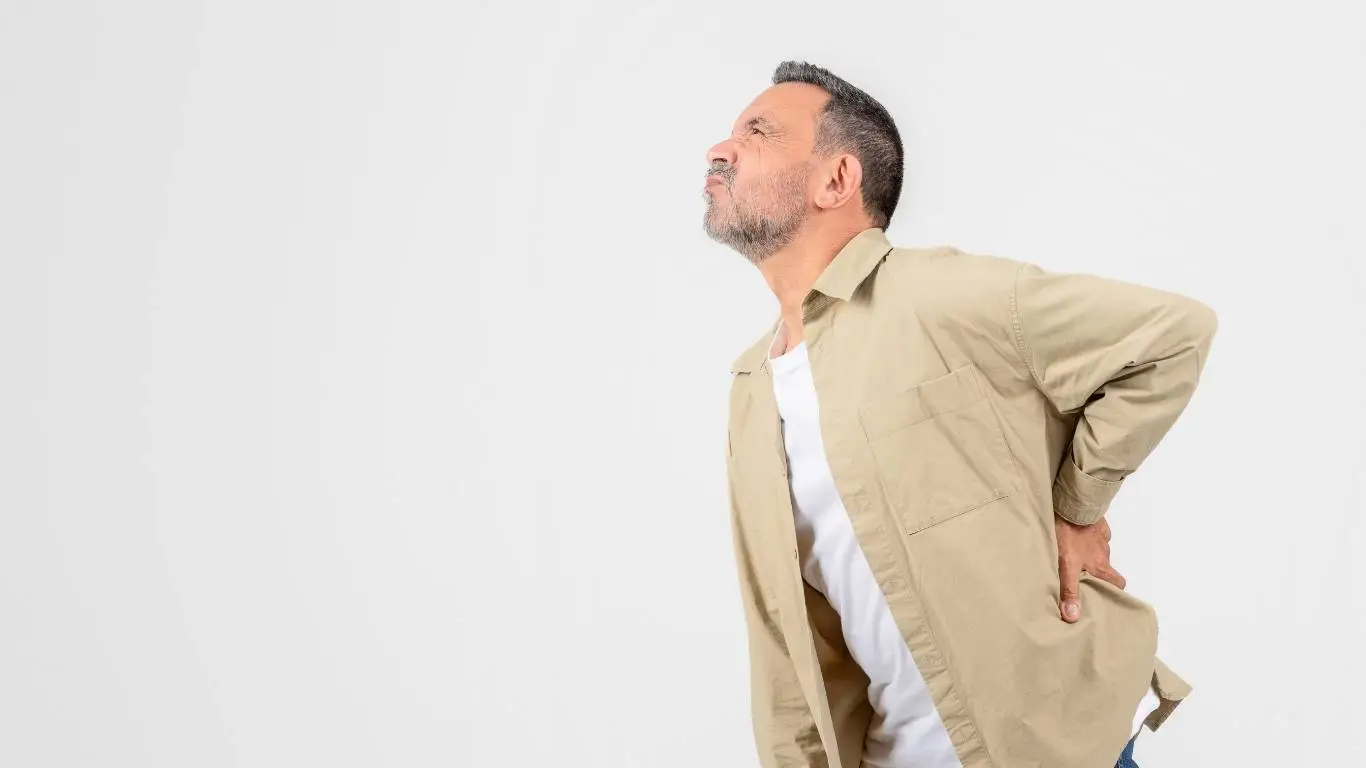
Post-exercise stiffness is normal. Sharp pain, radiating symptoms, or pain that doesn’t ease up after 48 hours? Not normal. Trust me, I waited too long to see a specialist once and ended up learning about sciatica the hard way. Know the signs that point to something more serious.
Our article on red flags in back pain diagnosis is a must-read if you’re unsure about when to take that back ache seriously.
And if you’re curious about the broader picture of back pain, don’t miss our in-depth guide on back pain causes, part of our core pillar content on the subject. For an overview of how all aspects of your back health tie together—from symptoms to solutions—our main back pain page gives you a complete roadmap.
Recovery Hacks That Actually Work
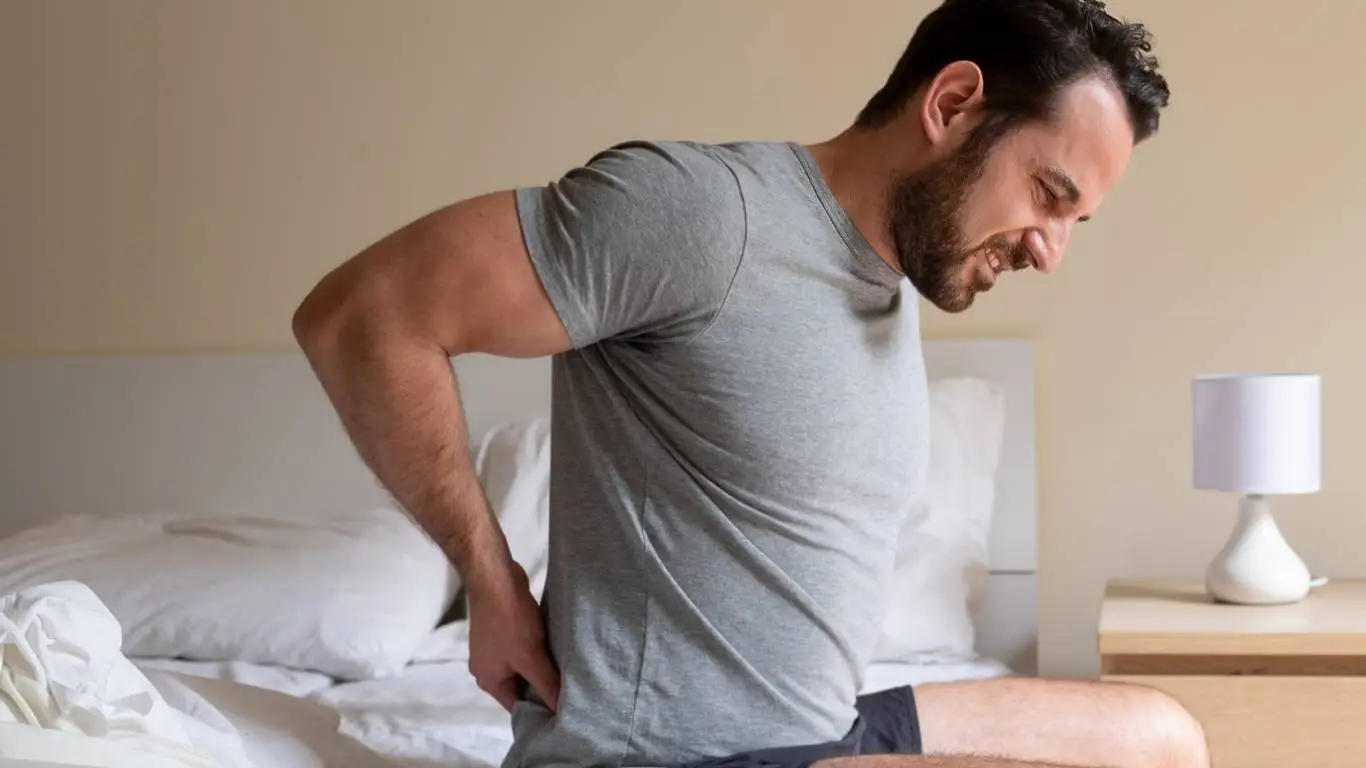
When I first started taking my post-workout recovery seriously, I thought stretching was enough. But wow—I was wrong. Recovery needs to be more intentional if you want to protect your back long-term. A mix of hydration, mobility work, and active rest days changed everything for me.
My Go-To Recovery Toolkit
- Foam roller – especially for tight glutes and hamstrings
- Massage ball – works magic around the sacrum and lumbar spine
- Portable TENS unit – surprising how well this helped with nerve tension
- Mobility app – I use one daily for guided routines
Pairing the right gear with smart habits matters. Take a look at why TENS units for back pain are worth trying—it was a game changer for my recovery routine.
Strengthening What Supports You: The Core and Beyond

Truth is, most of us think we’re training our core when we’re really just doing crunches. A solid core isn’t just abs—it’s your obliques, transverse abdominis, glutes, and even your diaphragm. Once I switched to functional core work, my back pain started fading away for good.
Functional Core Moves I Swear By
- Dead bug with resistance band
- Side planks with reach-throughs
- Half-kneeling Pallof press
- Loaded carries (farmer’s and suitcase walks)
If your glutes are underperforming, your spine picks up the slack. That’s where weak glutes and lower back strain becomes a serious issue. Strengthening them is non-negotiable.
The Ergonomics Between Workouts Matter Too

I never realized how much my work chair was undoing all my gym gains until I got serious about ergonomics. Sitting slouched after an intense training session? Recipe for back pain disaster. A few adjustments at my desk made more difference than I expected.
Ergo Fixes That Support Your Spine
- Chair with lumbar support that fits your spine’s curve
- Monitor at eye level to avoid neck-forward posture
- Footrest or standing desk for better posture rotation
If your day job involves sitting, this guide to standing desks for back health is worth every second of your time.
What You Eat Helps—or Hurts—Your Back
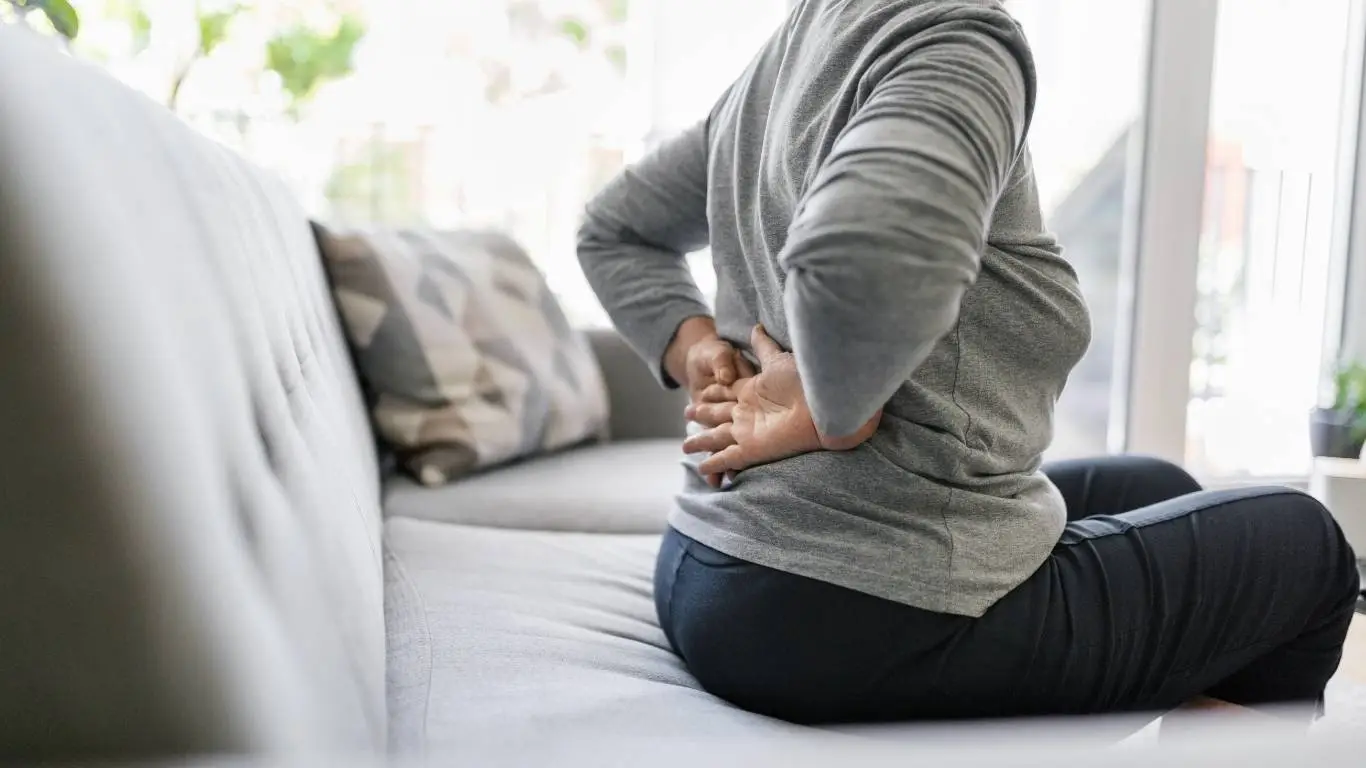
Back pain and nutrition? Yep, it’s real. I didn’t make the connection until I started tracking what I ate around workouts. Once I shifted to anti-inflammatory foods and upped my omega-3s, my post-training soreness calmed down noticeably.
Back-Friendly Nutrition Tips
- Include omega-3s from salmon, walnuts, or flaxseed
- Add turmeric or ginger to meals daily
- Cut back on processed sugars and excess dairy
- Stay hydrated with electrolytes, not just water
This breakdown of the anti-inflammatory diet for back pain made it way easier to clean up my grocery list without overcomplicating it.
Get Help When DIY Isn’t Enough
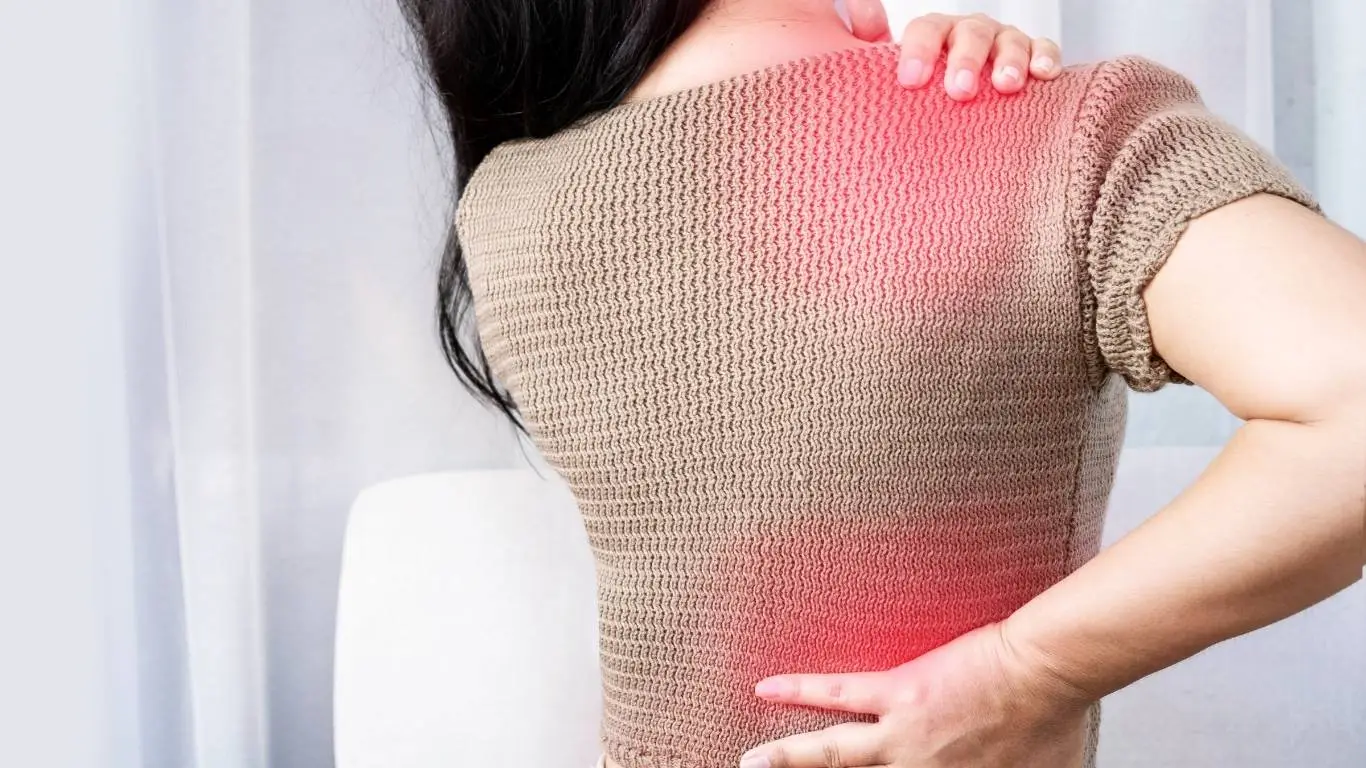
Sometimes, no matter how dialed-in your recovery and training are, pain lingers. I hit that wall too—and getting a proper diagnosis was a relief, not a setback. Whether it’s a bulging disc or tight psoas, seeing a pro gave me answers I couldn’t Google my way into.
Understand the difference between acute discomfort and an issue that needs evaluation. Our piece on MRI evaluations for back pain breaks down when it’s time to seek deeper insight.
And for an external perspective, WebMD and Spine-Health both offer solid breakdowns of common back pain conditions worth checking out.
Training Smarter, Not Just Harder

My biggest breakthrough? Accepting that backing off sometimes is actually progress. I used to think I had to push through pain, but tuning into my body helped me train longer, not just harder. If I feel something’s off, I pivot instead of pushing through. That shift in mindset saved my back and kept me in the game.
Take it from someone who learned the hard way: smart training doesn’t just prevent pain—it helps you perform better in the long run.
To dive deeper into how structured recovery, rehab exercises, and ergonomic adjustments can keep your spine resilient, check out our full pillar guide on exercise, rehabilitation, and ergonomics. And if you’re still exploring the full landscape of what causes back pain in the first place, visit our main back pain overview for the bigger picture.

Camellia Wulansari is a dedicated Medical Assistant at a local clinic and a passionate health writer at Healthusias.com. With years of hands-on experience in patient care and a deep interest in preventive medicine, she bridges the gap between clinical knowledge and accessible health information. Camellia specializes in writing about digestive health, chronic conditions like GERD and hypertension, respiratory issues, and autoimmune diseases, aiming to empower readers with practical, easy-to-understand insights. When she’s not assisting patients or writing, you’ll find her enjoying quiet mornings with coffee and a medical journal in hand—or jamming to her favorite metal band, Lamb of God.
